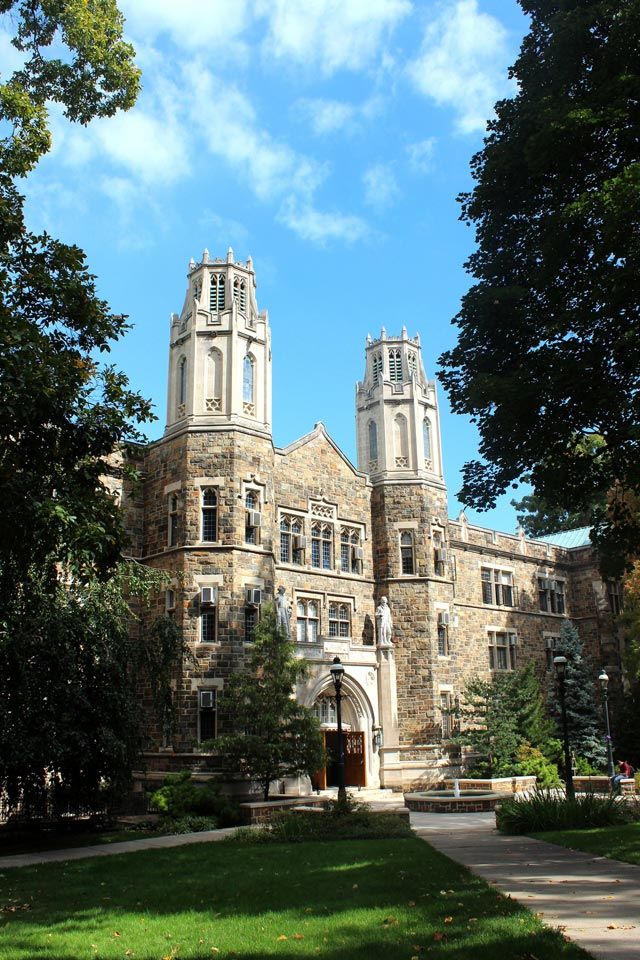The heart, one of the first organs to develop in a human embryo, begins forming about a month after conception. Problems occurring during its development can lead to numerous diseases in adults. One of the more common is aortic stenosis, which narrows or blocks the aortic valve opening, making it difficult for the heart to pump blood into the aorta, the body’s largest artery.
The cause of cardiovascular disease is unknown, but Bryan Berger believes his research group has found a clue in the embryonic development of a tiny tropical freshwater fish native to India’s Ganges River.
The zebrafish lays eggs with clear shells that become translucent embryos. Its heart has much in common with a human’s – both pump oxygenated blood around the body, and both consist of chambers with valves that ensure blood flows in the right direction.
“We have shown that a family of G-protein coupled receptors [GPCRs] and associated co-receptors are vital to embryonic cardiovascular development in zebrafish,” says Berger, an assistant professor of chemical engineering and member of Lehigh’s bioengineering program.
One co-receptor, a transmembrane protein located in the cell’s endoplasmic reticulum, interacts directly with a GPCR, allowing it to be transported to the cell surface, where it activates a cascade of biological signals that affect the formation and function of the heart.
The production of this GPCR and co-receptor can be inhibited by a morpholino, an RNA-like molecule. The morpholino interacts with, or “knocks down,” the messenger RNA that encodes for the GPCR and co-receptor.
“Injecting the zebrafish embryo with morpholino during the early stages of development almost always leads to the development of an embryo with a heart defect,” says Berger. “Our project is in its preliminary stages, but this result is rather exciting, as it suggests these co-receptors may play a critical role in the development and maintenance of a healthy heart throughout adulthood.”
Berger is working with James Wu, a cardiovascular surgeon at Lehigh Valley Hospital, to determine the amount of corresponding GPCR expressed in human tissue samples collected from patients who have under- gone aortic valve replacement surgery.

